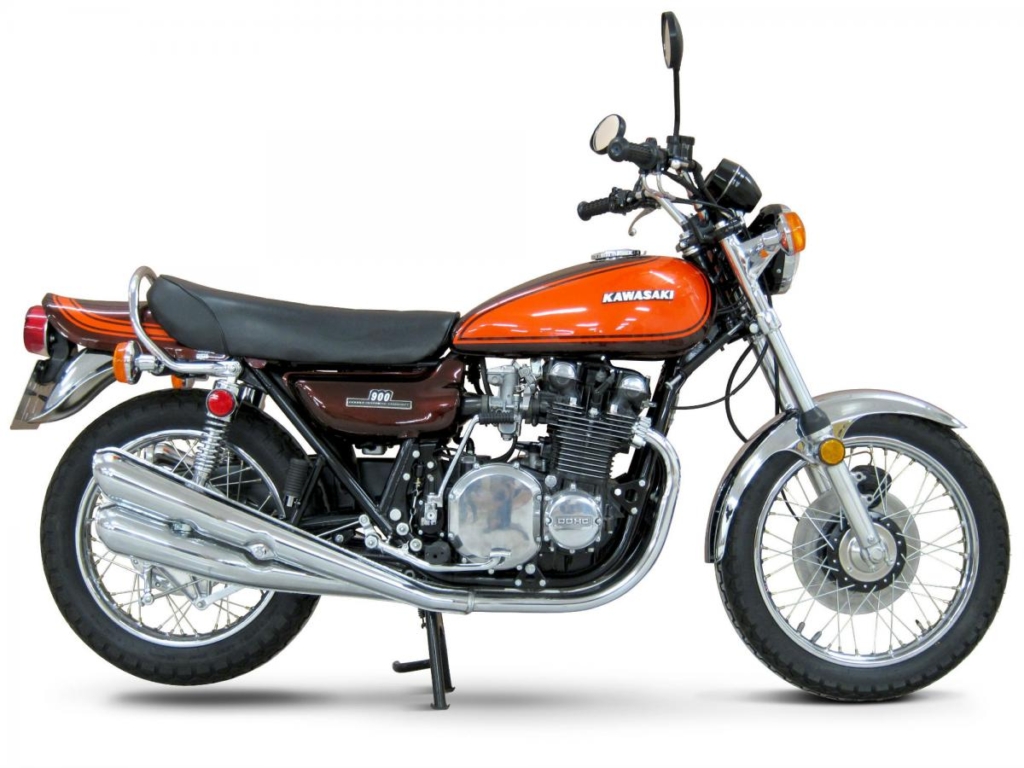The Art of Motorcycle Engine Rebuilding: A Step-by-Step Guide
Restoring a motorcycle engine can be surprisingly straightforward, whether you’re dealing with a single cylinder (2-stroke) or a multi-cylinder (4-stroke) engine. It doesn’t matter if it’s a vintage motorcycle or a modern one, the core principles remain constant.
Motorcycle engines may require a rebuild for various reasons. Some need fresh parts due to wear and tear, while others are part of routine maintenance. Some enthusiasts choose to elevate their engine’s performance. The process of rebuilding an engine is within reach for experienced DIYers who possess quality tools, a proper workspace, and a manual to guide them.

Just like tuning up a classic bike, thorough preparation is the foundation of a successful engine rebuild. This includes ensuring both your workspace and the motorcycle are impeccably clean, paying particular attention to the external engine components.
Following a strategic sequence is vital for the smooth execution of an engine rebuild. Below is a comprehensive outline in the order that a seasoned mechanic would typically approach this task. It’s worth noting that one common mistake among beginners is to remove the engine from the frame prematurely, a pitfall that should be avoided.
Step 1: Gathering Your Supplies
First things first, ensure you’re well-equipped with the essentials:
- A versatile toolbox, complete with wrenches, screwdrivers, and sockets.
- Rebuild parts tailored to your specific motorcycle model, easily found online. Look for gaskets, seals, and other components.
- Basic motorcycle maintenance fluids such as engine oil, brake fluid, and bike cleaner.
- An ample dose of motivation – the driving force behind your journey.
Opinion: Restoring a vintage motorcycle isn’t just a project; it’s a passionate pursuit that demands dedication and the right tools.
Step 2: Finding Your Project Bike
The initial step towards restoration is securing a suitable motorcycle. Diverse options abound, ranging from online classifieds to junkyards, auctions, and beyond. Hunt for a bike that resonates with you and your vision.
Tips for Picking the Right Bike:
- Choose a mostly complete bike, as missing parts can be a headache.
- Prioritize bikes that haven’t suffered major crashes, indicated by straight and undamaged chassis components.
- Opt for a bike with a title when possible, or explore your country’s regulations on obtaining titles.
- Always check for a freely movable engine. Seized engines can spell trouble.
Opinion: Finding the perfect project bike is like unearthing a hidden treasure; each discovery holds its own story and potential.
Step 3: Assess and Restore the Engine
The heart of your motorcycle, the engine, requires thorough evaluation and revival:
- Begin by meticulously washing the bike, unveiling its true condition.
- Acquire a service manual for your bike, an invaluable guide throughout your restoration journey.
- Rebuild the carburetor to eliminate varnish and gum buildup caused by aged fuel.
- Inspect or overhaul the ignition system, ensuring accurate static timing.
- Refresh the engine oil, filter, and other components, flushing the engine with fresh lubrication.
- Examine the clutch and transmission, ensuring smooth functionality.
Opinion: Breathing life into a dormant engine is a testament to your dedication and a symbolic moment of revival.
Step 4: Attend to the Wheels and Suspension
Safety and performance depend on the condition of your wheels and suspension:
- Evaluate tires for signs of age, replacing them if they’re over 6-7 years old.
- Check wheels for bends, cracks, or other damage, ensuring they roll straight.
- Assess the fork for oil levels, and replace fork oil if necessary.
- Replace worn-out brake components, such as pads, discs, and lines.
- Inspect and test both drum and disk brakes for proper operation.
Opinion: Your motorcycle’s wheels and suspension are like its feet – crucial for stability and a satisfying ride.
Step 5: Verify the Clutch, Transmission, and Drive Train
The drivetrain’s functionality is paramount:
- Examine the drive train for signs of wear, replacing chains and sprockets if necessary.
- Test the clutch, ensuring smooth engagement and disengagement.
- Repair or replace any components in the transmission that may be faulty.
Opinion: A well-functioning drivetrain guarantees smooth shifts and efficient power delivery, enhancing the riding experience.
Step 6: Tend to the Electrical System
Ensuring proper lighting and electrical functioning is vital for safety:
- Inspect lights, signals, indicators, and other electrical components for functionality.
- Replace bulbs, wires, or switches as needed.
- Check for shorts or issues that may cause fuses to blow.
Opinion: The electrical system brings your bike to life, both functionally and aesthetically, illuminating its unique character.
Step 7: Elevate the Aesthetics
Cosmetic restoration transforms your vintage bike’s appearance:
- Decide whether to maintain its original design or personalize it, like converting it into a café racer.
- Clean and polish chrome components to restore their luster.
- Replace or repair bodywork and paint as needed.
- Attend to the battery, ensuring its readiness for the road.
Opinion: The aesthetics of your motorcycle mirror its identity – whether you opt for nostalgia or a contemporary twist.
Step 8: Embrace the Ride
With the last bolt tightened and the final touch applied, it’s time to savor the fruits of your labor:
- Set out on your restored vintage motorcycle, feeling the vibrations and experiencing its character.
- Remember to prioritize safety by wearing proper protective gear on every ride.
- Relish the journey and the connection to the past that your revitalized motorcycle offers.
Opinion: Riding a restored vintage motorcycle isn’t just about the journey; it’s about the culmination of effort, passion, and a deep connection to the road.
As you embark on this journey of restoration, remember that you’re not just breathing life into a motorcycle; you’re preserving a piece of history and creating new memories that intertwine the past and the present. Enjoy every moment of the process and the road ahead.
